People of India: West Bengal (Volume XXXXIII, Part I)
The Anthropological Survey of India launched the People of India project on 3 October 1985 to generate an anthropological profile of all communities of the country. It also recorded the impact of development programmes on these communities and the links that bring them together. The ethnological survey of all 203 communities in West Bengal was taken up for the first time with help local scholars. The results of this survey were discussed at work-shops held in Kolkata and North Bengal university. The term Bangla or Bengal came into existence some time around 1000 c. The Bengal region has remnants of continuous human habitation from palaeolithic to historic periods; historic and linguistic evidence suggest that early settlers were speakers of Dravidian, Tibeto-Burman and Austro-Asiatic languages with the Indo-Aryan speakers coming later. Since the tenth century Bc, the kingdoms and janapadas have been governed by Buddhist, Hindu and Muslim rulers. The British gained political power in the eighteenth century; eventually Bengal became the epicenter of British rule in India. The end of colonial rule in 1947 came with the partition of Bengal; the Indian portion came to be known as the state of West Bengal. The greater part of this state of West Bengal. The greater part of this state is in the low-lying delta of the Ganges, one of the most densely populated regions in the world. The northern part of the state is in the eastern Himalayas. The majority of the population comprises Bengali along with a sizeable population from Bihar, Jharkhand and Orissa. About 6 per cent of the population belongs to various Scheduled Tribe groups. The major populations in the hilly region are the Gurkha, Lepcha and Bhutia. Every seven out of 10 persons in the state live in villages; agriculture is the predominant livelihood. Other than rice, the staple for the region, the major agricultural produces are wheat, maize, potato, and oil seeds. Major cash crops are jute and tea. Notably, the service sector contributes more than half the gross domestic product of the state. The rich literary tradition and the works of the traditional and contemporary artists and craftsmen have been West Bengal an identity of its own.
Get it now and save 10%
BECOME A MEMBER
-
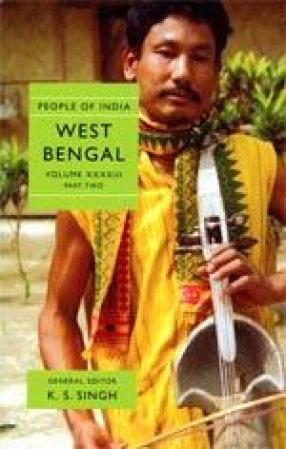
People of India: West Bengal (Volume XXXXIII, Part II)
-
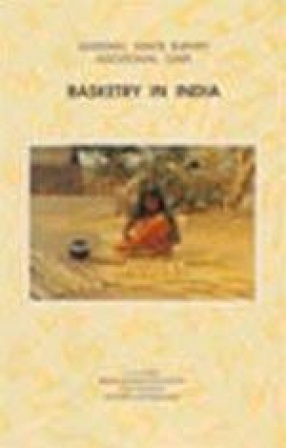
Basketry in India: Material Traits Survey Additional Data
-

Occupation and Population of India: Material Traits Survey Additional Data
-
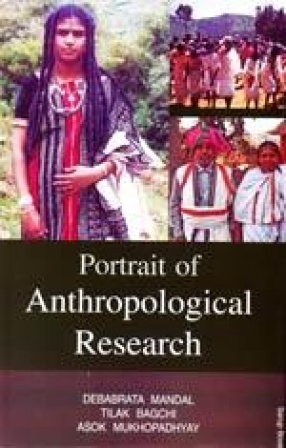
Portrait of Anthropological Research
-
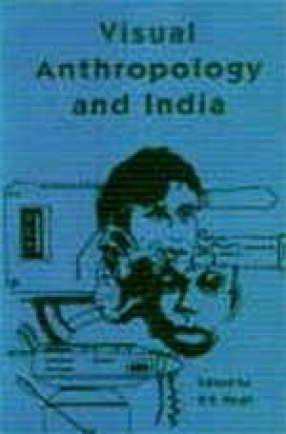
Visual Anthropology and India: Proceedings of a Seminar
-
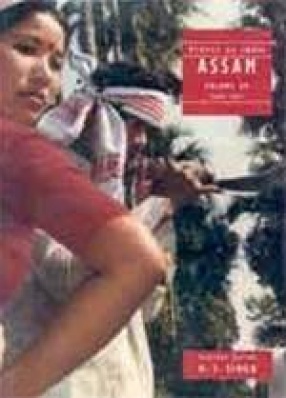
People of India: Assam (Volume: XV In Two Parts)
-
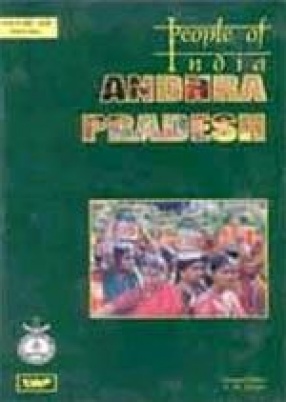
People of India: Andhra Pradesh (Volume 13, In 3 Parts)
-
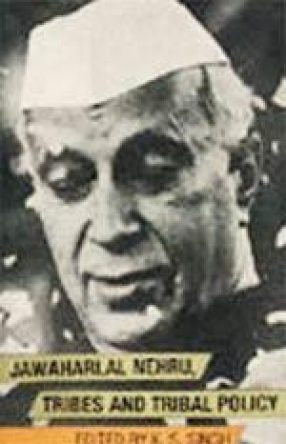
Jawaharlal Nehru, Tribes and Tribal Policy
-

Indian Artisans: Social Institutions and Cultural Values
-
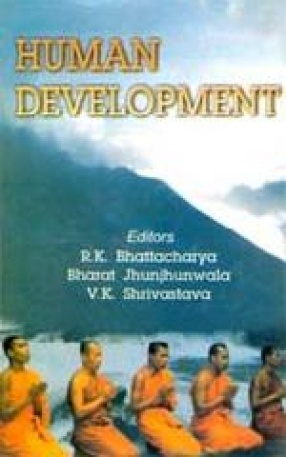
Human Development
-

Contributions to Holistic Traditions: Anthropology in India
-
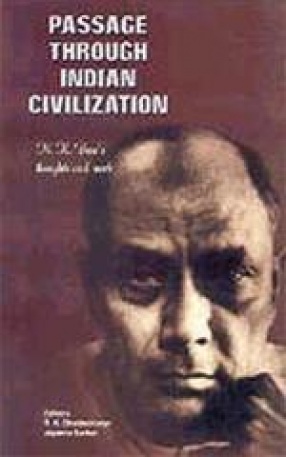
Passage through Indian Civilization: N. K. Bose's Thoughts and Work

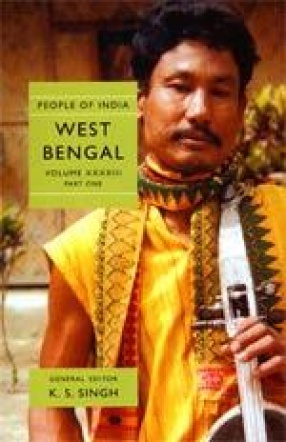

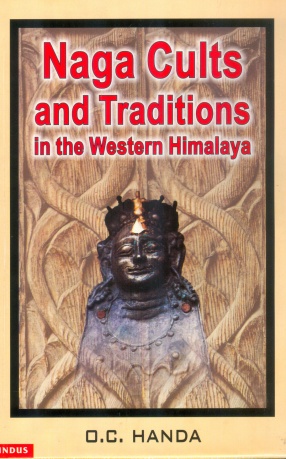
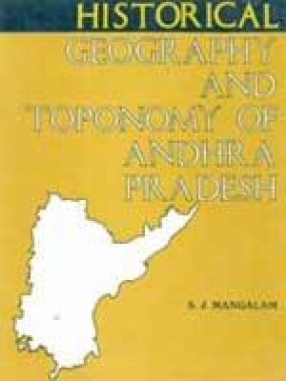
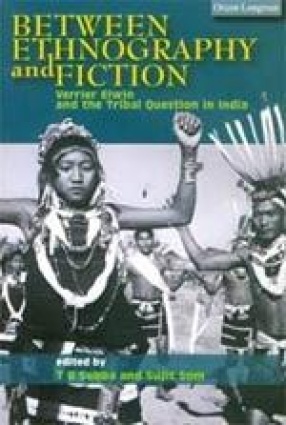

Bibliographic information
Tilak Bagchi
K.S. Singh
R K Bhattacharya